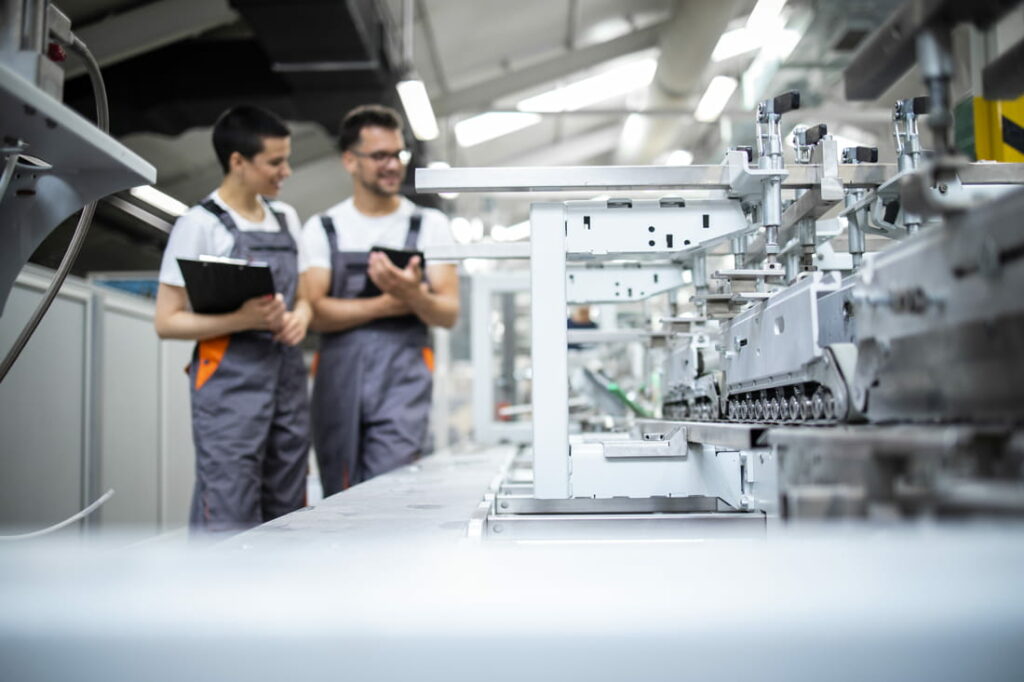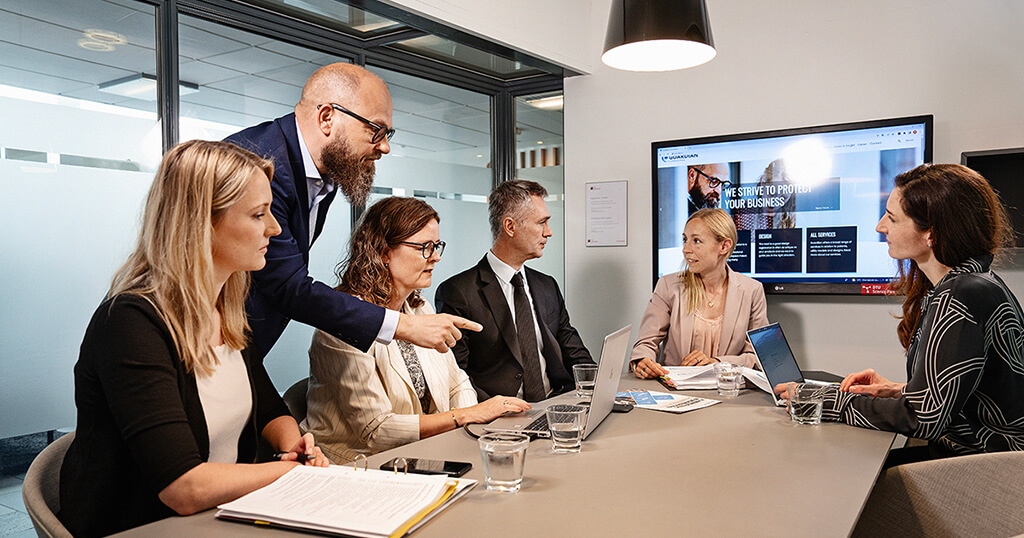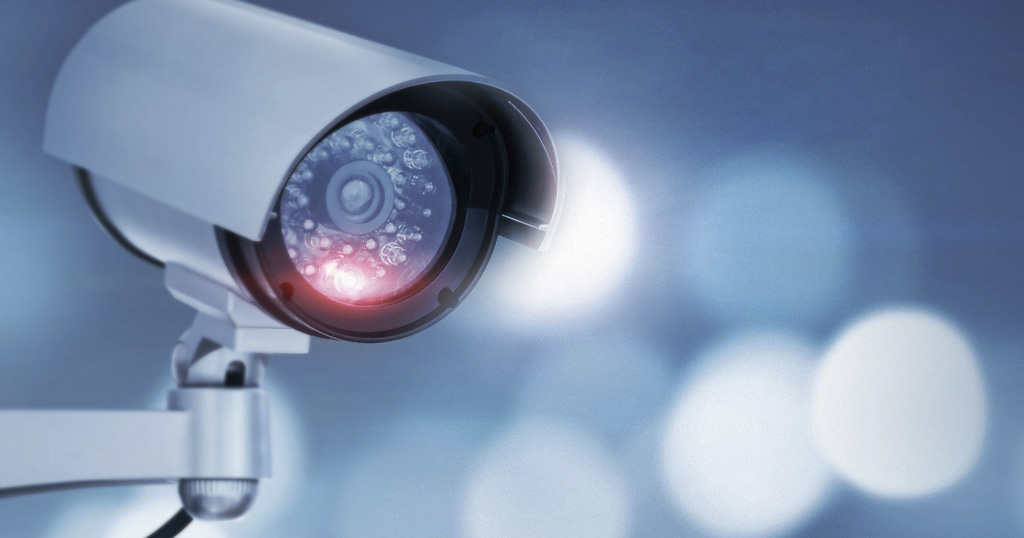Avoid your products being copied
How can you protect your idea?
You can risk piracy in several ways
Copies of technical products can arise in several ways. For example, the technical function of the original product can be copied, but without the appearance of the counterfeit product being similar to the original. Alternatively, the appearance of the original product can be copied, even though the technical function of the counterfeit product does not correspond to or is inferior to that of the original. Of course, in some cases both the technical function and the appearance of the product are copied, so as to produce a complete copy of the original – a so-called 1: 1 copy. This direct copy requires the least resources of the counterfeiters, as no time and money is spent on “designing around”, neither in relation to the product’s operation nor the product’s physical external shape and form. In fact, there are companies in some parts of the world that can make an identical copy of an original product in just a few weeks – all they need is a product sample. Such copying is usually illegal, and there is sometimes talk of piracy, pirated products and counterfeit goods. In this manner, competitors can exploit your idea or product.
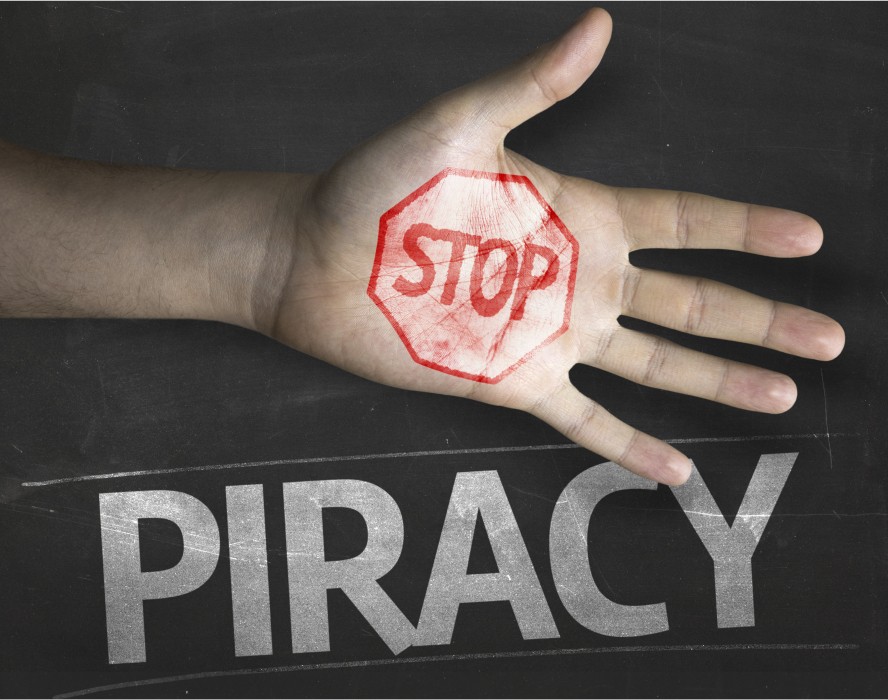
How can you prevent competitors from exploiting your idea or product?
If your original technical product is protected by an intellectual property right that covers a copy, then the copy is illegal or unauthorised and you have the option of prosecuting the potential infringer. Patents, utility models, designs and copyrights are intellectual property rights that may protect a product from being copied. Trademarks may prevent the unauthorised use of the name or logo under which the product is marketed. Certain rights, such as copyright, do not have to be registered, but arise from the creation of the work, and copying is also often in violation of the Marketing Act. It is therefore sometimes possible to prosecute copyists without a registered right, but it must be emphasised that the burden of proof can be difficult to lift and the case can become unnecessarily resource-intensive. With a registered right in hand, you will be many steps ahead here.
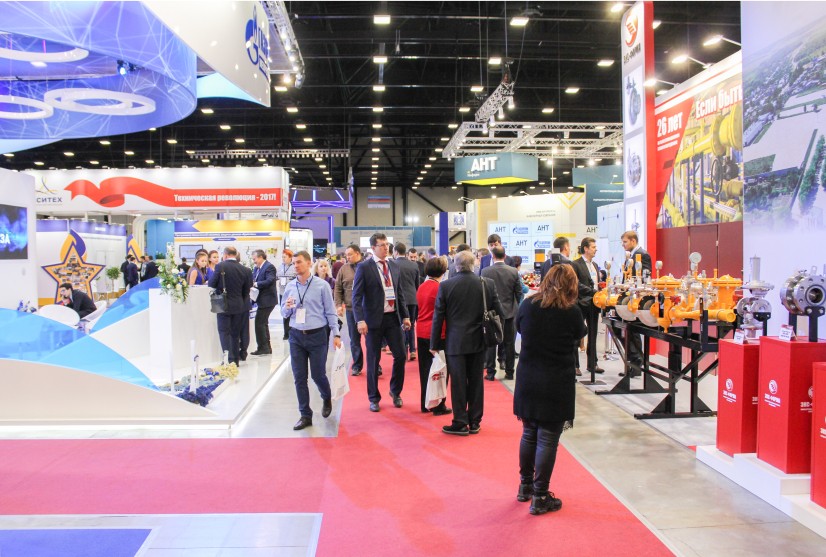
EXAMPLE: At a trade fair in China
For example, at a Chinese trade fair, you might experience a welding robot that looks exactly like a Danish-designed welding robot. However, the technical functionality of the counterfeit product does not live up to the original at all. Perhaps the counterfeit product is purchased in the belief that it is the original or a similar quality product. A design registration would have been relevant here.
Conversely, it is conceivable that a smart technical feature of the same Danish-designed welding robot is copied by the Chinese product, whereby the product can perform the same tasks. The product, on the other hand, is packaged to have a completely different visual appearance from the original product. As a result, the customer who buys the welding robot may not have the sightest knowledge that it is a counterfeit product. A patent or utility model right would have been relevant here.
Finally, the counterfeit product can of course be a complete copy, where both appearance and technical function are copied.
How can Guardian help you avoid being copied?
At Guardian, we look at your idea, your product, and your business as a whole and assess which rights are relevant to avoiding unwanted copying. If your product stands out in terms of technical function but can be manufactured with widely differing designs, we will consider protecting the product with a patent or utility model. If, on the other hand, your product is particularly distinguished by its appearance but not by its technical operation, we will consider protecting the product with a design registration.
If both the technical function and the appearance of the product are important, then we can typically achieve a strong protection of your product by combining a patent or utility model right with a design registration. In this way, it can even be very difficult for competitors to “design around” your product legally, whether it relates to the technical function or the appearance of the product.
If your product is protected by at least one of the rights patent, utility model or design, you will have protected yourself against a direct copy – the so-called 1: 1 copy. If you have a good trademark, we will consider a trademark registration.
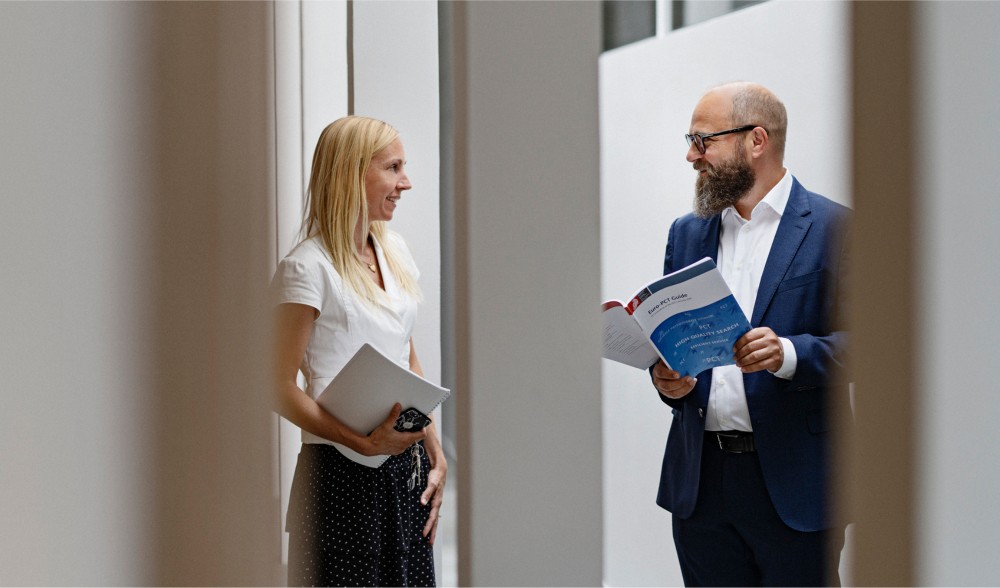
Should your product be copied despite the IP rights obtained, Guardian can help you enforce your rights, as we cooperate with a strong network of experienced Danish and international lawyers.
At Guardian, we strive to use the best tools in the IP world to provide your business with the best possible protection. We would like to understand both the business part of your company as well as the technical details of your invention and/or the visual characteristics of your new product. We know that in this way we can create IP rights for you that really provide value to you and your company.
Guardian has one of Denmark’s strongest teams of European patent consultants and European design consultants providing expertise in practically all technical areas. Guardian cooperates with some of Denmark’s best experts within trademarks and domain names, so we can also be helpful in obtaining such rights.
Read more: Patent, utility model or design
Contact us
Please feel free to contact us. Guardian has one of Denmark’s largest and strongest teams of European Patent Attorneys and European Design Attorneys providing expertise in diverse technical fields. Reach out for us for a non-binding conversation.
Phone: +45 77 34 44 44
E-mail: mail@gipc.eu
Or choose to dialed up
Get valueable advice
By signing up for our newsletter, our experts will provide you with relevant advice about current topics within patents and designs.
We are Proud to be Recognised as one of the leading patent consulting firms in Europe by the Financial times.


